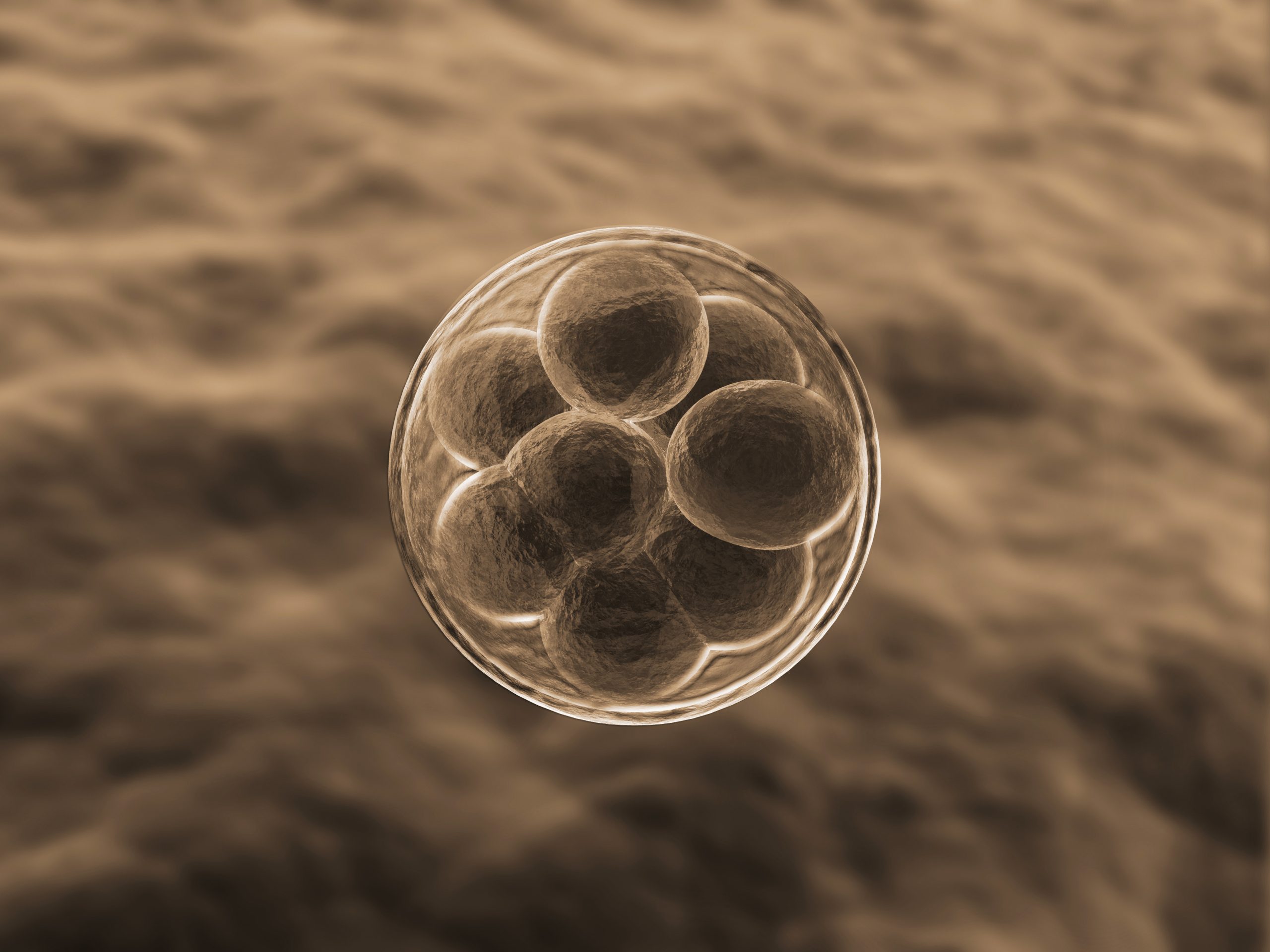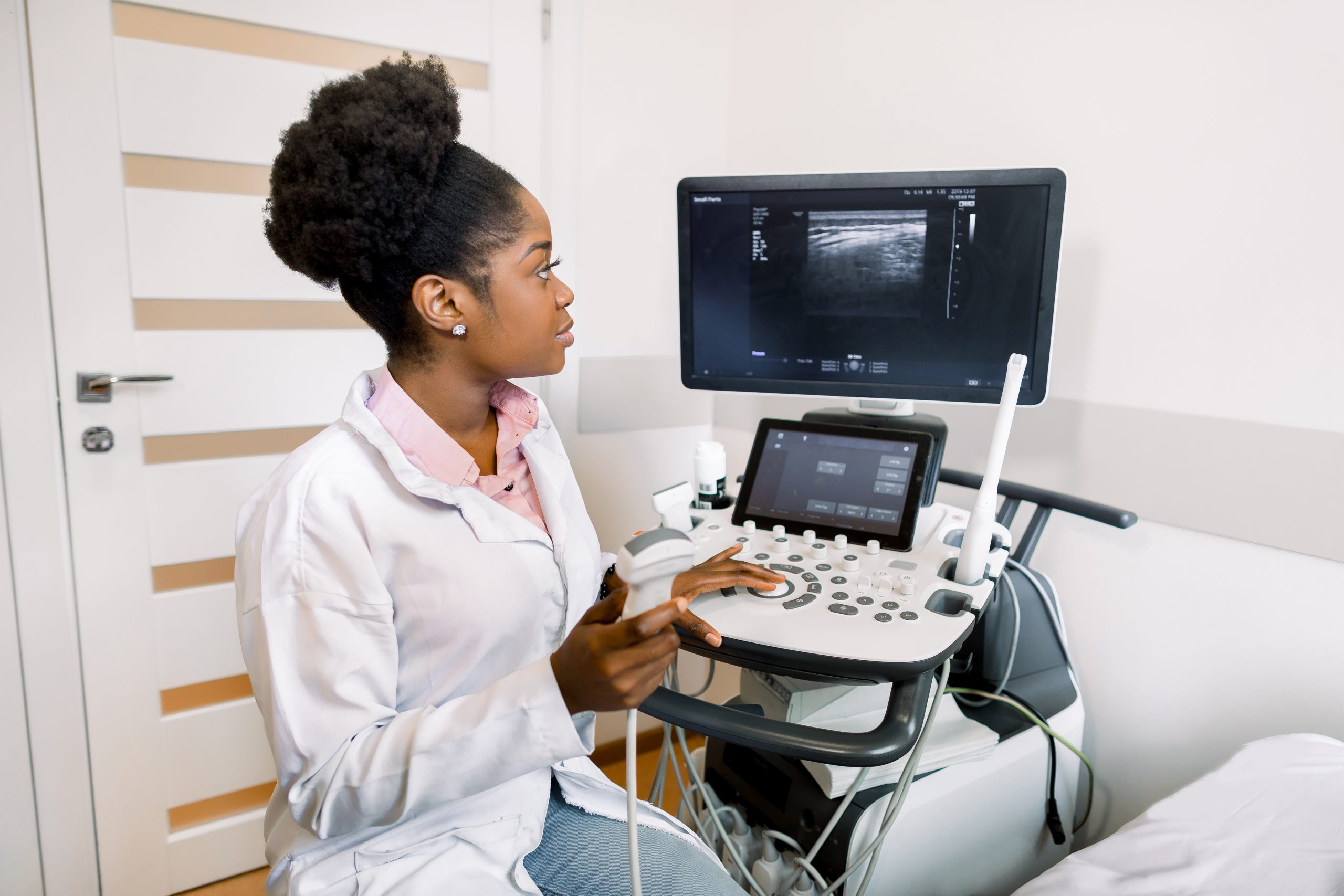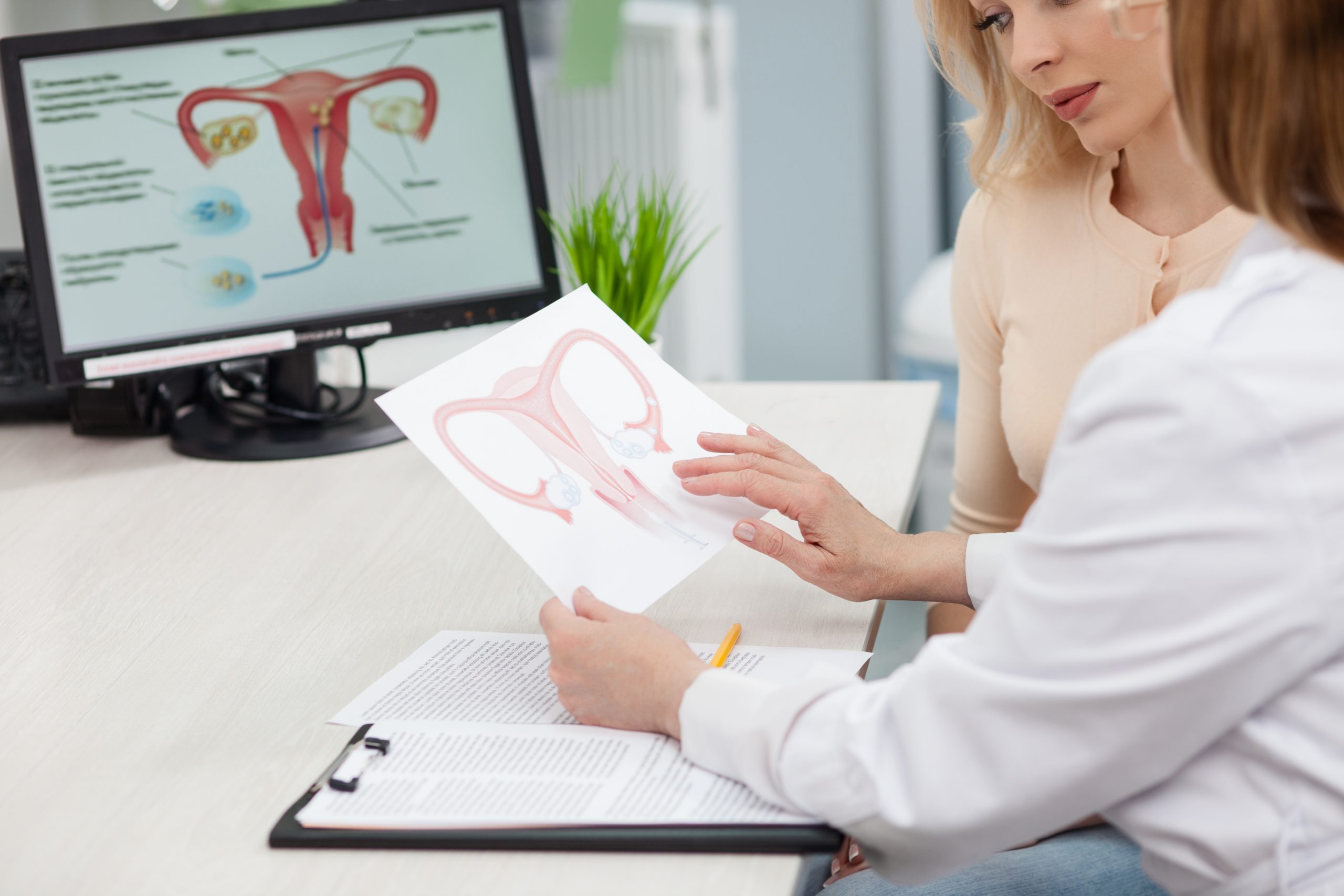Embryo transfer1, 2
After your fertilised eggs have spent two to five days in a temperature-controlled environment, they will be selected ready for transfer back into your womb
The best quality embryos are selected for transfer back into your womb. This transfer is a bit like having a cervical smear test.
During the procedure, a trained doctor will insert a device into your vagina that will help hold it open. This is so that the cervix (the opening to the womb) is visible.
A fine tube is then passed through the cervix, normally using an ultrasound scan to guide it into the right place.
The embryo or embryos are then transferred down the tube and into your womb.
This is normally a pain-free process and unlike egg collection no sedation is usually necessary. You may experience a little discomfort because you need a full bladder if ultrasound is used.
If you have any remaining high-quality embryos these can be frozen and stored for use in a future cycle, should you wish.
References:
UK-RMMH-2100025 | Date of preparation: June 2021











